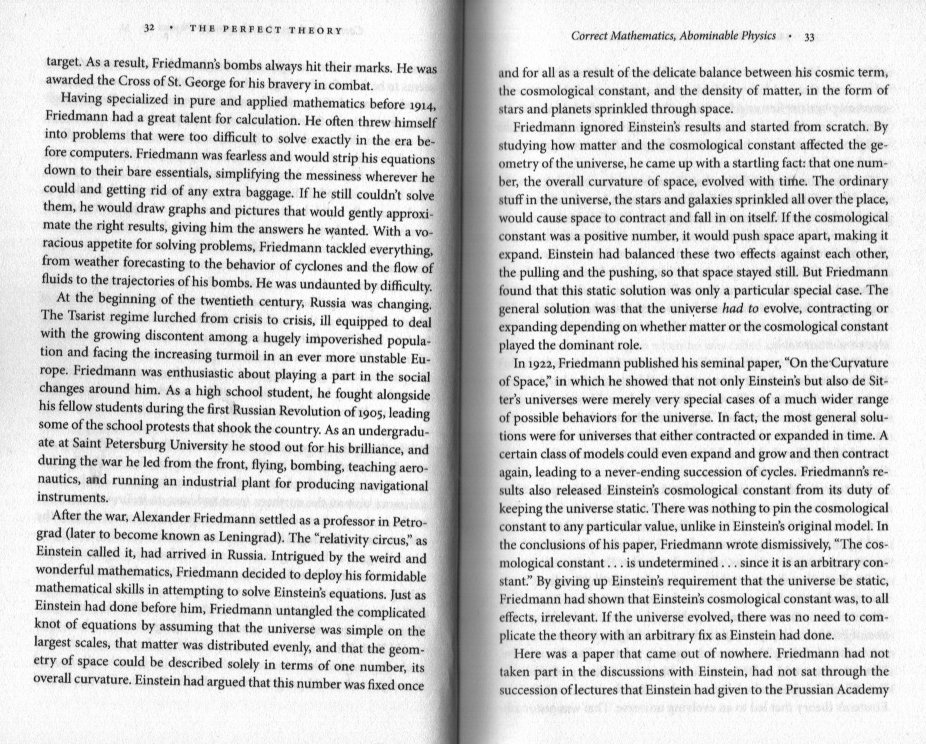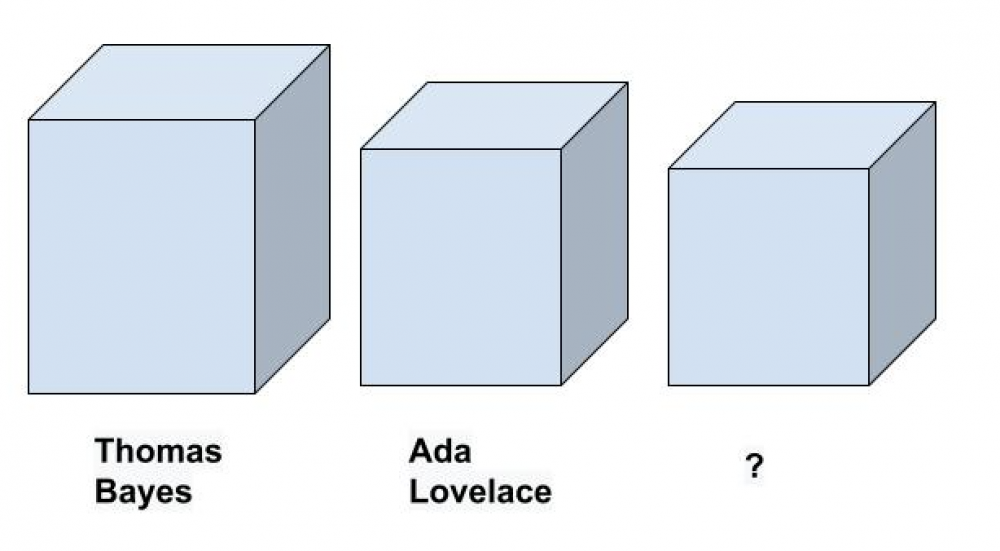Leaderboard
Popular Content
Showing content with the highest reputation on 07/12/21 in all areas
-
I wanted to track this down, because I had gotten it second hand and in a form lacking details. In fact, I will demote my example, pending more verification, to "rumor from a small prairie town. " Digging further, it looks like the governor (a conservative Republican) was alarmed by a case in Connecticut: between 2017 and 2019, transgender sprinters Terry Miller and Andraya Yearwood combined to win 15 championship races, which prompted a lawsuit. It looks to me (and my apologies for not sifting through all this earlier) like the administration here did not actually find a well-documented case IN the state and so, in its zeal to pander to RW evangelicals and the RW generally, battened on to the Connecticut case and began pestering the legislature. It's all pretty thin, given the major anomaly is two sprinters in one state who did win an unprecedented number of races. So it's me who should be making apologies, to you and Zapatos. If my bruising giant on the girl's field turns out to be urban legend (wait, that's rural legend!), then I will ask directions to the nearest wet market that stocks crow meat.3 points
-
Hello. I just followed The Vat over from the late sciencechat forum. As with iNow, it's not my first shipwreck... but I'm really not up for many more. Especially given Covid and my woefully curtailed activity and human contact in the walking world. I'm retired; run a small online book business with my old partner, live in rural Ontario, where we feed a bunch of useless feral cats, grow ungrateful vegetables and write books - including a couple of science fiction ones, if that qualifies me for consideration. If it doesn't, I used to be a medical technologist back in the 20th century. *Got my second shot today! And it doesn't hurt yet.*2 points
-
Einstein's equations in general are complicated. They involve second derivatives of the metric arranged in an object with many (10) components (Einstein tensor; LHS of EE). And they are non-linear. On the RHS of Einstein's eqs. you have the distribution of matter, radiation, etc., in the universe. Schematically, they are: Geometry = matter Under assumptions of symmetry at large scale (isotropy=space is the same in every direction; homogeneity=space is the same everywhere) you get to a simple form of EE that's FLRW (Friedmann, etc.) that only involves the scale factor, which codifies the expansion of the universe. Very briefly, the Friedmann equations are Einstein's equations when you plug in several distributions of matter in the universe. On the RHS you plug in different distributions of matter dependent on the scale factor (radiation-dominated, matter-dominated, vacuum-energy dominated). And you solve, and get a rough picture of the different phases of the universe. I hope that was helpful.2 points
-
It's good to get the passion directed at public officials. Of course that means getting their attention during that five minute window in each day when they're not preparing their reelection campaign or sucking up to the donor base. Sure, we can all do grassroots stuff and lower our personal carbon footprint and reject plastic packaging and try to send out green signals to friends, but it really takes massive public policy change to nudge whole nations in any direction. Environmental laws aren't for we angry passionate ones, they're for the large cohorts that are apathetic and don't think much beyond fashions and status and personal wealth. Money sent to an environmental group with lobbying and litigating powers may do as much as putting it into composting toilets (erm, investing in one, that is!) and PV panels. It's great if one can do both, of course. As Phi's analogy suggests, it's great to make the propeller turn.1 point
-
1 point
-
It is fair to say that this LHS of Einstein's eqs. is not all of the geometry, as @Eise justly said. All of the geometry is captured by an object called the Riemann tensor, which in dimension 4=1(time)+3(space) has 20 independent components. In a \( D \)-dimensional space-time, the Riemann would have \( \frac{1}{12}D^2\left( D^2-1 \right) \) independent components. The "geometry" on the LHS is only part of the geometry. The rest is the degrees of freedom contained in the so-called Weyl tensor. Those are the degrees of freedom carried by gravitational waves. Only in dimension 3=1(time)+2(space) specifying the Einstein tensor would be tantamount to specifying the Ricci tensor, which would be tantamount to specifying the Riemann tensor, because all of them would have 6 components. Gravity in 1+2 dimensions would have no gravitational waves.1 point
-
Shouldn't that care extend to everyone; even if we don't like their choices? If someone feels the need to cheat, to win; I think they need even more care, than someone who just wants to play the game...1 point
-
The particle's oscillation is of constant amplitude. The wave function you are showing has an amplitude varying with whatever is on the x axis (position or time), neither of which works with the example. What hyperfine structure? You just have a mass bouncing vertically in a potential well. Even if you had an atom here, what does the hyperfine structure have to do with this?1 point
-
I’m fine with this. However, the onus of supporting / looking into that isn’t on me since I’m not the one suggesting parity lacks. My stance is plain. Treat trans women as women and let them compete accordingly. End program. Do not pass go. Do not collect $200. Move on. If regulations need to be updated to allow for that to be acceptable to the hordes of enlightened sports fans out there, then let’s do that, but for the love of Thor stopping standing in the way of transgendered equality in sports and otherwise. Be an ally, not an obstacle.1 point
-
Ok.What is a pattern to you? What is the benefit of a pattern in this claim: Yes. And my understanding of the is that you try the opposite; predicting the person from too few polygons. Crude example: There is a pattern, all my models has one polygon. But that is not enough to find the unknown person below. I would like some explanation of, or reference to, the mathematical principles that you believe could predict the factors of a large semi prime when the factors are random.1 point
-
I wonder if you are getting confused about the difference between 1 mole and 0.001 moles per litre ? The first is an absolute quantity ; the second is a concentration. We try to work in integers (just as you say) when considering chemical reactions mathematically. 4Fe + 3O2 = 2Fe2O3 So 4 moles of iron reacts with 3 moles of oxygen to produce 2 moles of iron oxide. But the atomic mass of iron is 56 grammes per mole. So 4 moles is 4 * 56 = 224 grammes, which is a lot of iron to be putting into a test tube or reaction flask. We are more likely to react one tenth of this or 4 * 5.6 grammes (= 22.4grammes = 0.4 mole) with 0.3 moles of oxygen.1 point
-
If you think about it, a mole of many compounds is quite a large amount. For example a mole of table salt (NaCl) is roughly 23 +35 = 58g. So if you work with dilute solutions of things (especially things like strong acids which are dangerous to handle when concentrated), you are likely to be dealing with fractions of a mole in most cases. Whereas obviously the proportions given in a reaction scheme tell you what happens in whole numbers of moles, so as to give you the appropriate ratios to apply to smaller quantities. So if you have HCl +NaOH -> NaCl + H2O, you can see that 1 mole of HCl reacts with 1 mole of NaOH to give 1 mole of NaCl and 1 mole of water, but if you only have 0.01 moles of HCl, then that will be enough to react with 0.01moles of NaOH and give you 0.01 moles of the products. So you just scale it accordingly. I don't think you will ever come across -ve numbers of moles, though you may come across fractions of a mole expressed in standard form, e.g. 5 x 10⁻² moles for 0.05 moles.1 point
-
INow, Your out of context quotes seem not to address my actual points or examples. I could suggest reading my post again, bearing in mind that I'm trying to describe how actual sports fans approach issues of fair competition, but I can't tell if you're really open to that. As regards "I reject your premise that allowing transgendered females to compete in sports as female is unfair. " this was not my premise. Indeed, prior posts of mine pointed out that some sports are finesse-based to where body mass, fast-twitch muscle and aerobic capacity don't much matter. Some sports are about endurance, where size may even be a slight detriment. But one can't simply duck the issues in sports where those physiological factors do matter, and paste smiley-faced stickers of acceptance without looking at evidence. I am probably somewhere to the left of Bernie Sanders on some issues, and it may turn out trans females can play fairly in almost all sports, but that doesn't mean I can join in any cancellation of real questions and concerns people have about the physical disparity issues. My offered scenario may prove to be a bogeyman, but it's the right of anyone, especially people with daughters in sports, to voice their concerns without being belittled or vilified. Asking questions is where good science comes from, and I always have to put science before politics. Always.1 point
-
"Any honest observer" is an argument fallacy similar to No True Scotsman. If I disagree that a focus on fairness is disingenuous, or a cudgel, then my disagreement has no merit because you've already ruled me as dishonest. Surely you can see this is not the way to move me or anyone towards your position. (FTR, I accept all LGBT people for who they are, to the point of speaking out publicly and joining street demonstrations, at various points in my life. ) Fairness is central to sports, as anyone who has ever attended or watched a sporting event knows. If you are rooting for a team or person, you want to know the playing field is level and that whoever won did so "fair and square. " This lies at the very heart of sports, and all games. I see no supporting evidence from you that, because anti-trans bigotry does exist in society, the passion for fairness is all a cloak for that bigotry. Nor do I see athletic fairness as "nebulous and arbitrary, " -- indeed, when I used to watch a fair amount of ML baseball, it struck me how precision-based and carefully defined the issues of fair play were. Fans watch the umpires and league regulatory activities like ferocious and keen-eyed watchdogs. To use a concrete example, based on events in my state: imagine you live in a small town, which avidly follows the HS girls soccer team, and your daughter plays. She does well, her team advances to the state finals. She and her teammates, and her competitors, have all been cis-females. They've worked hard developing skill and teamwork. Then a team from the town of, we'll call it Podunk, suddenly rises from obscurity, and starts winning every game (previously, its seasons were painfully reminiscent of the 1962 NY Mets, every year), blasting its way towards the championship. Your daughter and her team are annihilated by Podunk, as one spectacular player on the opposing team, large, fast, with unusual musculature and explosive strength, scores again and again. Several players, including your daughter, are injured in collisions with this girl's soccer superstar who, at 6/3 and 210 pounds, packs quite the inertia against players who average 5/6 and 125 pounds. Fans start asking questions. They're not anti-trans, they're not making any assumptions about doping, or shady out-of-state recruiting of ringers, or steroids. They just sense something is not quite fair and they want to know why all games with Podunk are so glaringly lopsided. My point is: concern with fairness doesn't start with some sort of animus against trans people or lack of acceptance. It starts with that basic human social animal hardwired instinct to ask if a competition is fair, with well-matched competitors. And that, I hope, also addresses your question earlier as to why people care so much about this topic.1 point
-
Hello. Background in life sciences, but have ranged widely into other areas including AI, cognitive science, astronomy, and cosmology. Also some interest in bioethics and philosophy of science. I was, until a month ago, the Admin of sciencechatforum.com, a website that crashed after it was bought up by a "web development" company that turned out to be running a Ponzi Scheme on its investors and was seized by the U.S. SEC. The receivership handling the liquidation of its assets could not, for reasons obscure to me, keep the website up and running. One day, we all woke up and the site was gone. ScienceForums seems to be a website with a rather similar structure and a pretty good signal/noise ratio, which suggests good moderation and tossing of trolls. Well done. This refugee from late-stage capitalism is happy to be here!1 point
-
I respect life on all levels, and to me that means avoiding unnecessary killing. Insects can pose specific problems, and I'd have no qualms fumigating or getting rid of true pests, but if there's no need to kill those bugs, I don't do it. I especially wouldn't kill something to impress a person. That seems like animal behavior, something I try to rise above. I remember doing dumb things to impress women, but eventually I learned to appreciate the ones who liked learning about bugs rather than the ones who wanted me to kill them. I'm living right now with several bull snakes on the property. They're fascinating creatures, and we rarely see them when we're outside, but occasionally one gets startled and goes on defense. It hasn't happened to me yet, and it will probably scare the wee out of me (they emulate a rattlesnake when threatened, making their head flatter and hissing like a rattle). I'm OK with the occasional scare, but if one of them actually bites (non-venomous), he's going to be relocated with airborne prejudice. There's a park behind me that could use an aggressive snake. I don't hunt. I haven't fished for decades, and I NEVER fished catch-and-release. I killed and ate the fish instead. For anyone who thinks the bugs they step on don't matter, I highly recommend David Attenborough's A Life on Our Planet. It's his witness statement to the effect that biodiversity is what makes the Earth so unique and valuable, and anything you're doing to harm that is a crime.1 point
-
I disagree. Responsibility and accountability, especially on the really big things, where there are big vested interests, only really get dealt with through legal precedent and regulation - making it a personal choice whether to act responsibly never really works. Especially when a lot of people with power and influence really, truly don't want to be held responsible on this; we may all be shareholders in this mess but we are not, individually, the majority shareholders. A lot of the big decisions that need to be made are institutional ones, not individual ones, and our institutions of government, law, engineering and commerce have heavy investments in doing things the way we have been, without counting the externalised costs of fossil fuels, which turn out to be very large; the lengths they have been going to to avoid being held responsibility should not be underestimated. Nor the effectiveness of the techniques available to well resourced opponents of climate responsibility to influence the thinking of the Right People as well as Enough People, to sway voting options as well as voting choices. It is a toolkit that includes Lobbying, Strategic Donating, Tactical Lawfare, Post-Politics Payoffs, Advertising, PR and Tankthink. Also I think a lot of people are too engaged in living their lives within the opportunities, obligations and constraints of their individual circumstances to be able to push past what their preferred news and current affairs programs might tell them about these issues. It isn't only scientists and elected or appointed officials that have an obligation to act responsibly - news editors and journalists have repeatedly shown themselves to be active participants in those efforts to influence public opinion on climate change - which ought not be a surprise when their biggest commercial customers tend to be strongly opposed to climate responsibility adding any burden of costs on their activities. Doing the Advertising and PR and Paid-for Opinion on the issue is a big commercial opportunity for media companies. ( A "campaign" by a leading Australian newspaper is currently active, slandering the Bureau of Meteorology over how they process temperature records, despite unprocessed data shows the warming trend as clearly as the processed. Plus other persistent misinformation continues to be prominent - all more shrilly than previous campaigns; exposure to extremes of drought, heat, fire and flood are exacerbating the growing trend towards community acceptance of it's reality - and to a more limited extent, it's urgency - their influence and persuasion is losing effectiveness).1 point
-
. Life acts spontaneously and is spontaneity ... . Life acts meaningfully and is meaningful ... . Hence the nonexistence of randomness ...-1 points
















